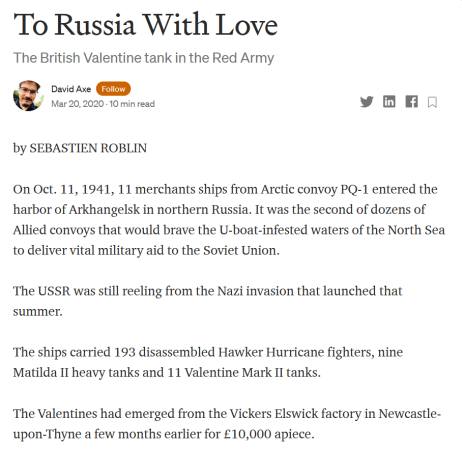The roadwheels, compensating idler, and drive sprocket fit loosely on their spindles. To ease assembly and create a tighter fit, I put a small amount of two-part putty into each of the wheels before I attached them.

I aligned the roadwheels, and then fixed them in place with a touch of superglue.

While test-fitting the track around the compensating idler, I noticed that the center guides on the track were resting on the idler. I cut out sections of the idler so that the center guides would fit through them.

The track for the kit consisted of several sections of track block. I lined the track blocks up next to a straight-edge, and noticed that they were slightly warped. Fortunately they weren't too warped, and I was able to square off the ends of the track, assemble them, and fill in the small gaps with gap-filling superglue. To avoid gluing the sections of track to the work area, I elevated the track so that the joints did not touch the table. The alignment and elevated track are depicted in the following pictures:


While dry-fitting the track to the drive sprocket, I noticed that the teeth on the sprocket did not fit through the sections of the track. I didn't think it worthwhile to trim the teeth of the sprocket or increase the gaps in the track, so I removed the offending sections of teeth from the sprocket. The following picture shows teeth removed on the right-side sprocket and marked for removal on the left-side sprocket (left and right relative to the driver's perspective):

For me, attaching and shaping the track was the most difficult part of the project. Here's how I approached the problem: I glued the track to the bottom of some of the roadwheels. I started the attachment at the center of the bottom of a roadwheel, so that I would not have a joint hanging out in space (both ends of the track would sit against the roadwheel). Using a hair dryer, I carefully applied heat to the track and then gently bent the now-soft track around the drive sprocket. Once the track was shaped to fit around the sprocket, I glued the track to the sprocket. I continued working my way around the suspension, heating, bending, and gluing the track in place. Once I reached the start-point, I carefully trimmed the track so that the two ends fit flush. I repeated this process for the other side. The following pictures depict one completed side of track and the initial stages of the second side:











